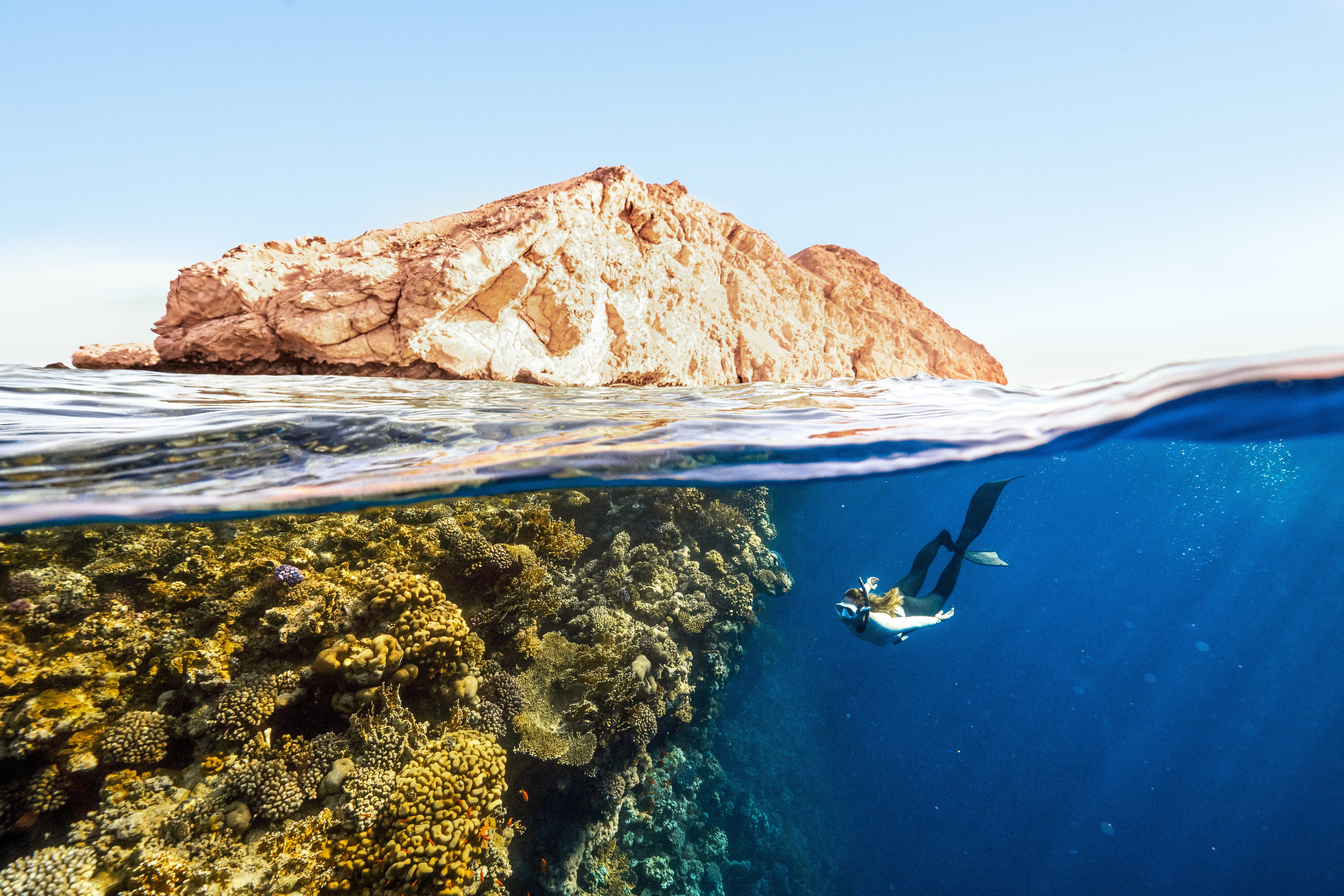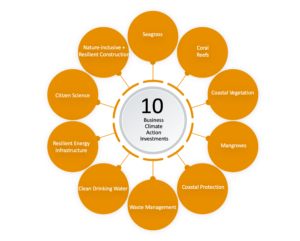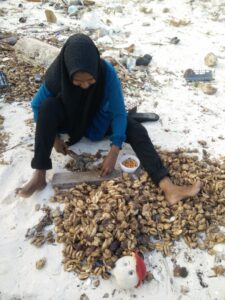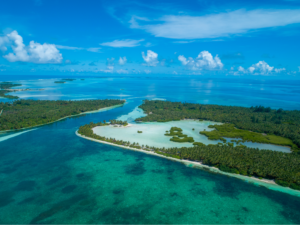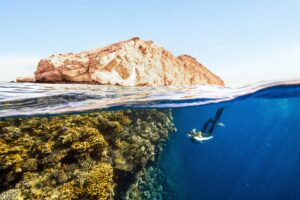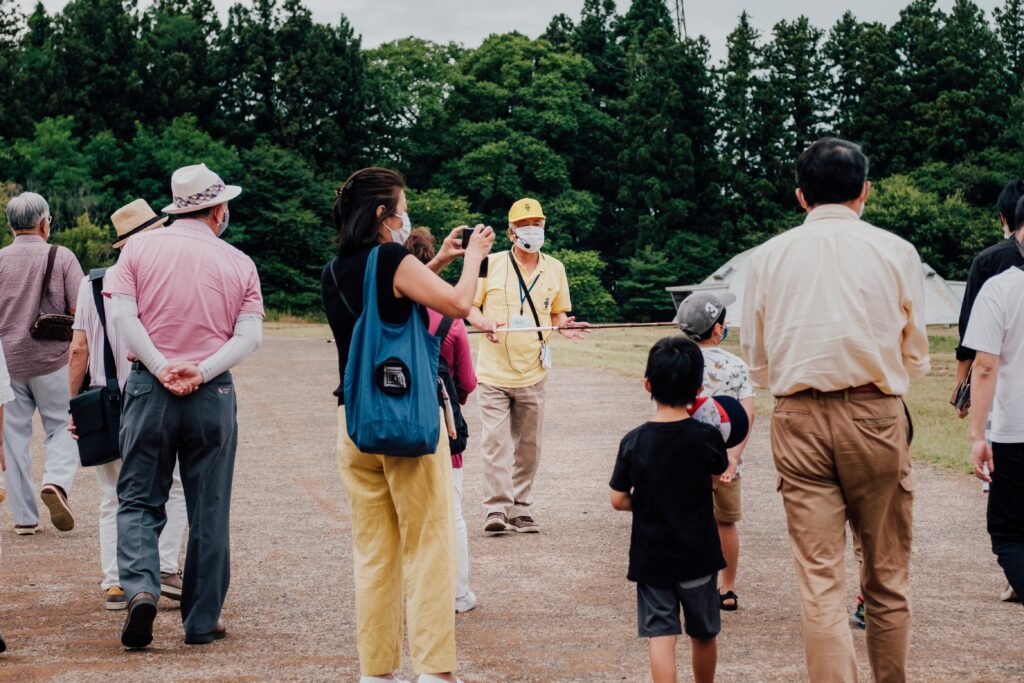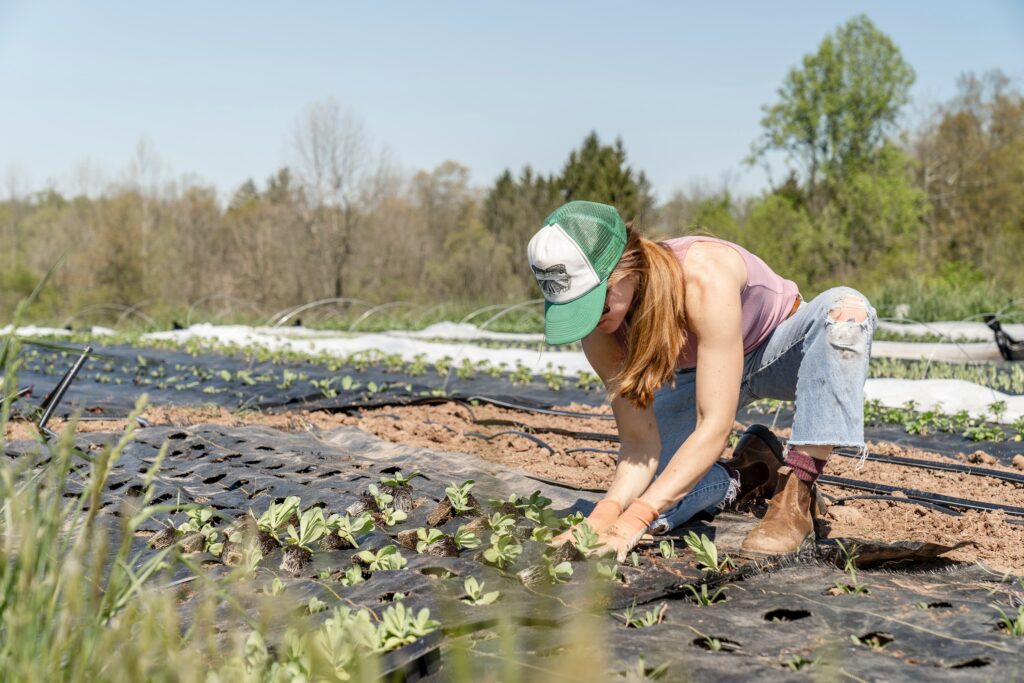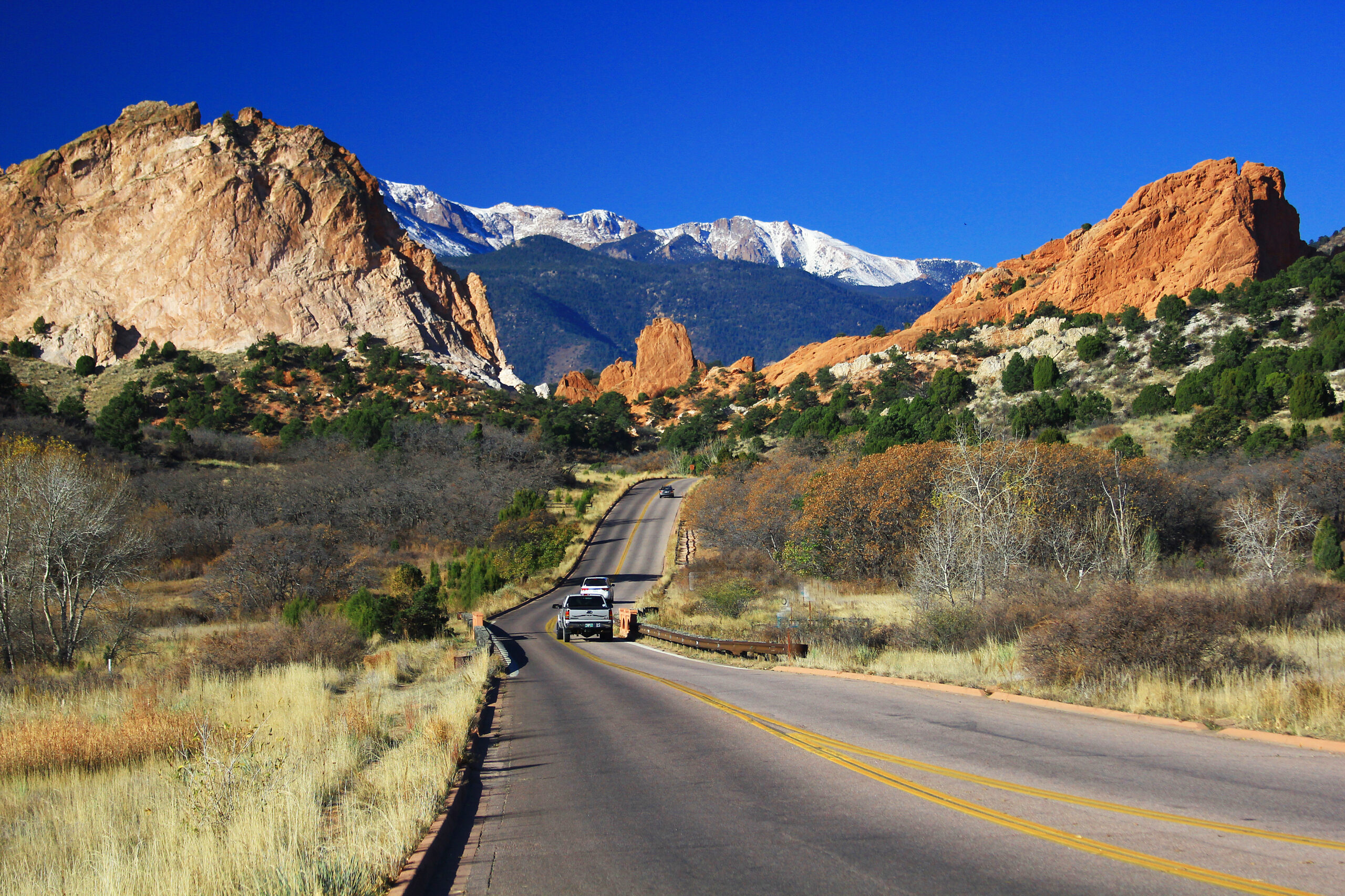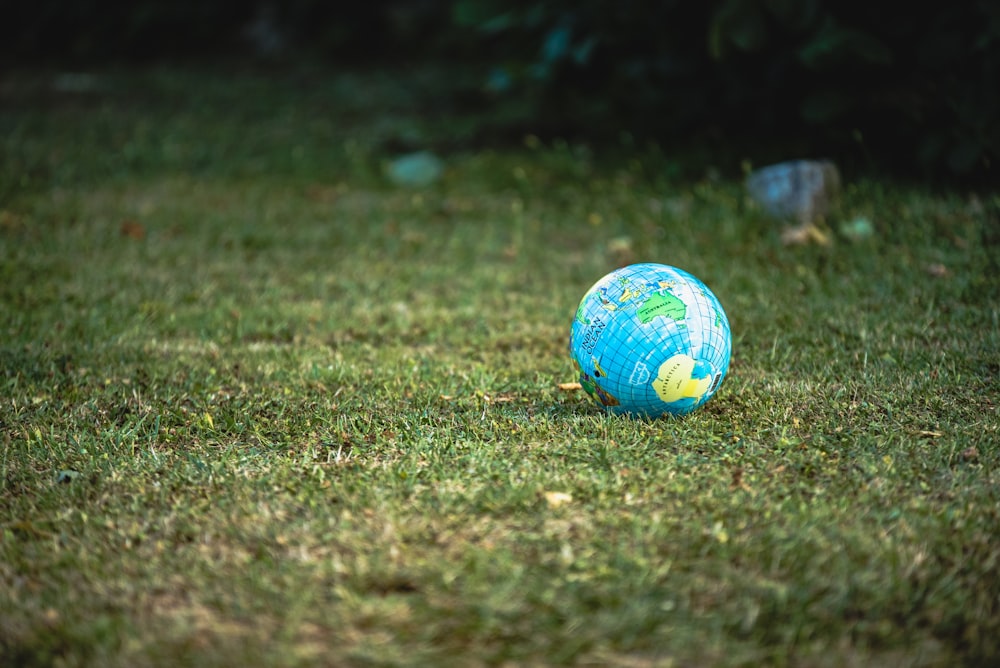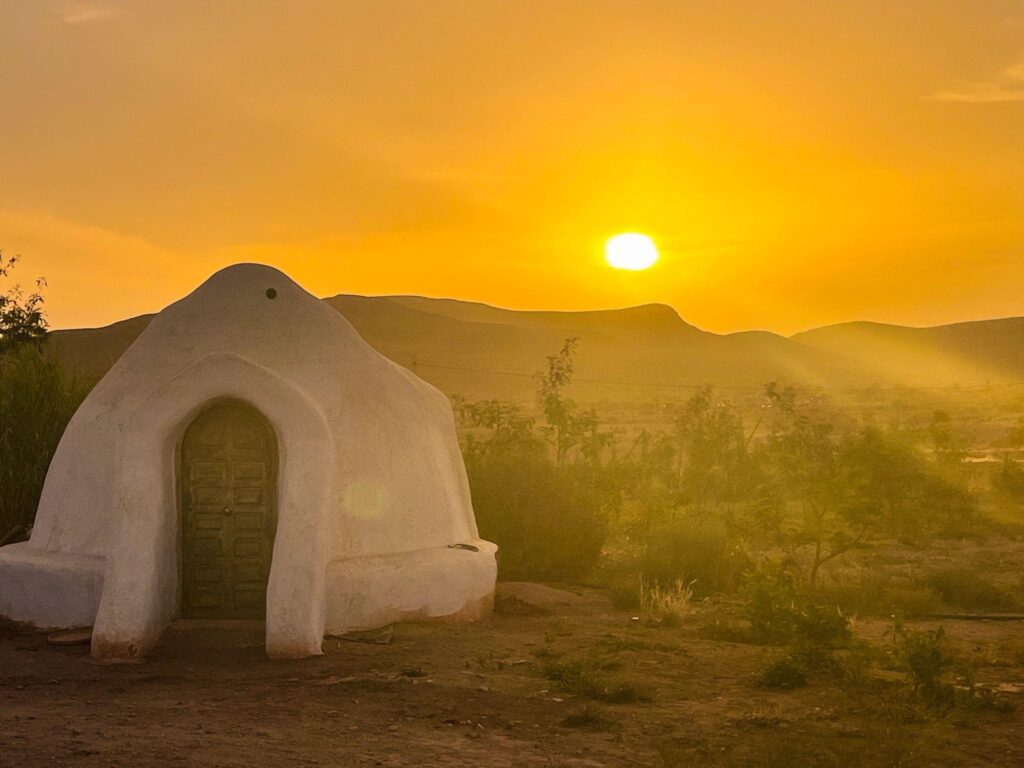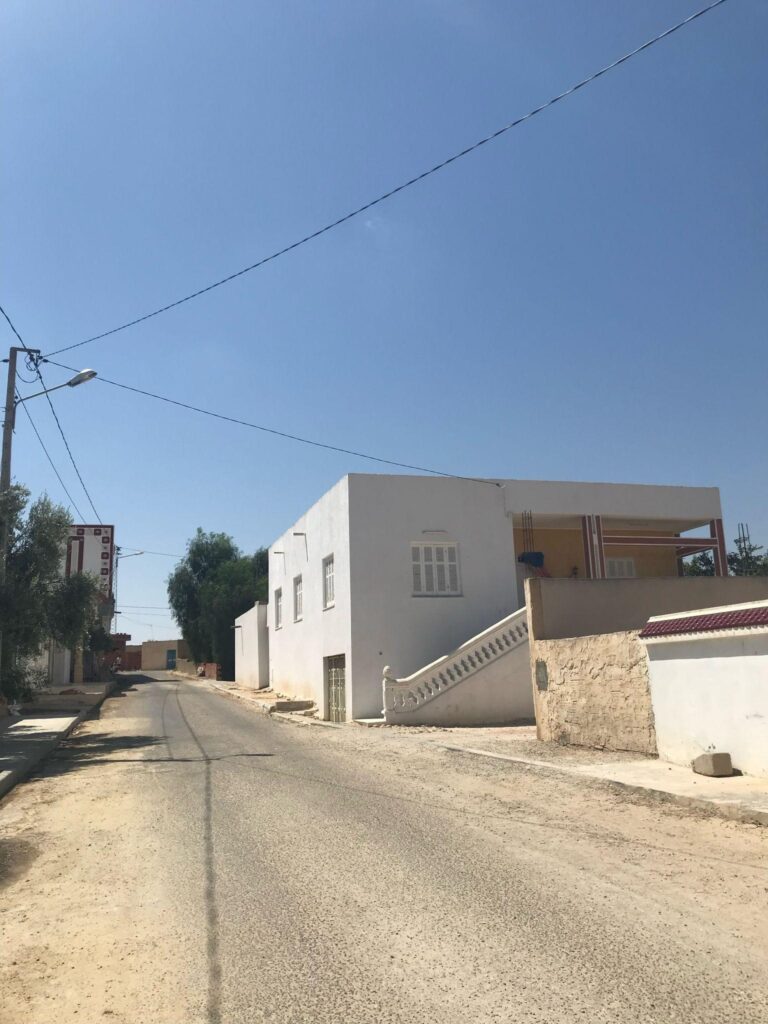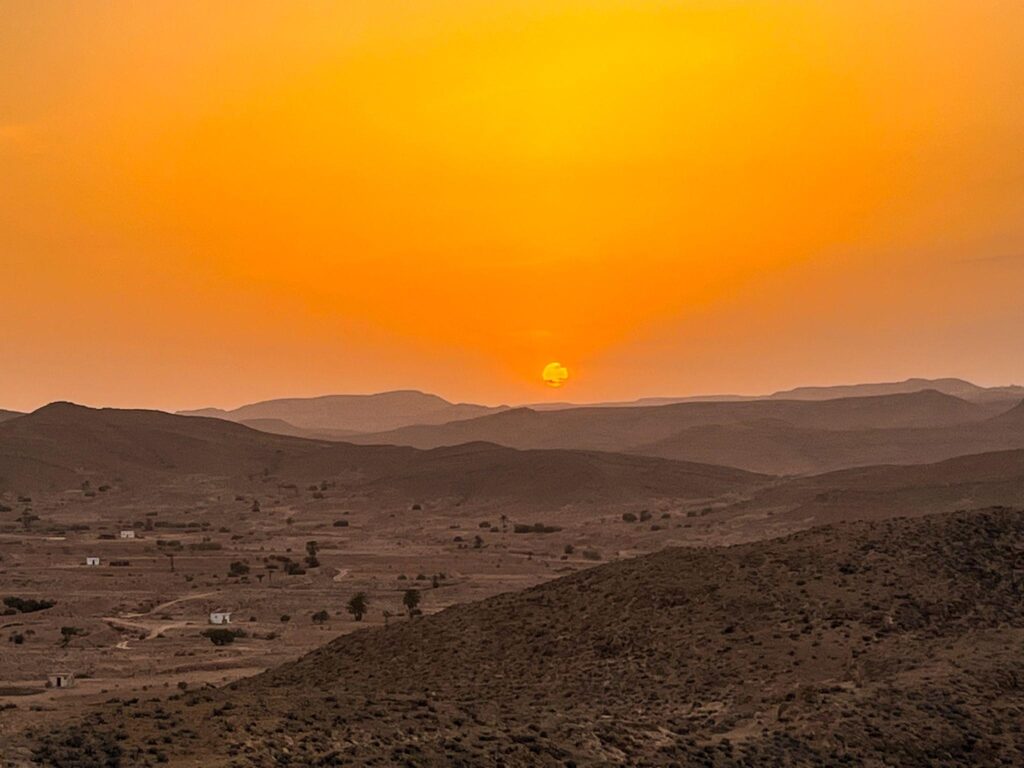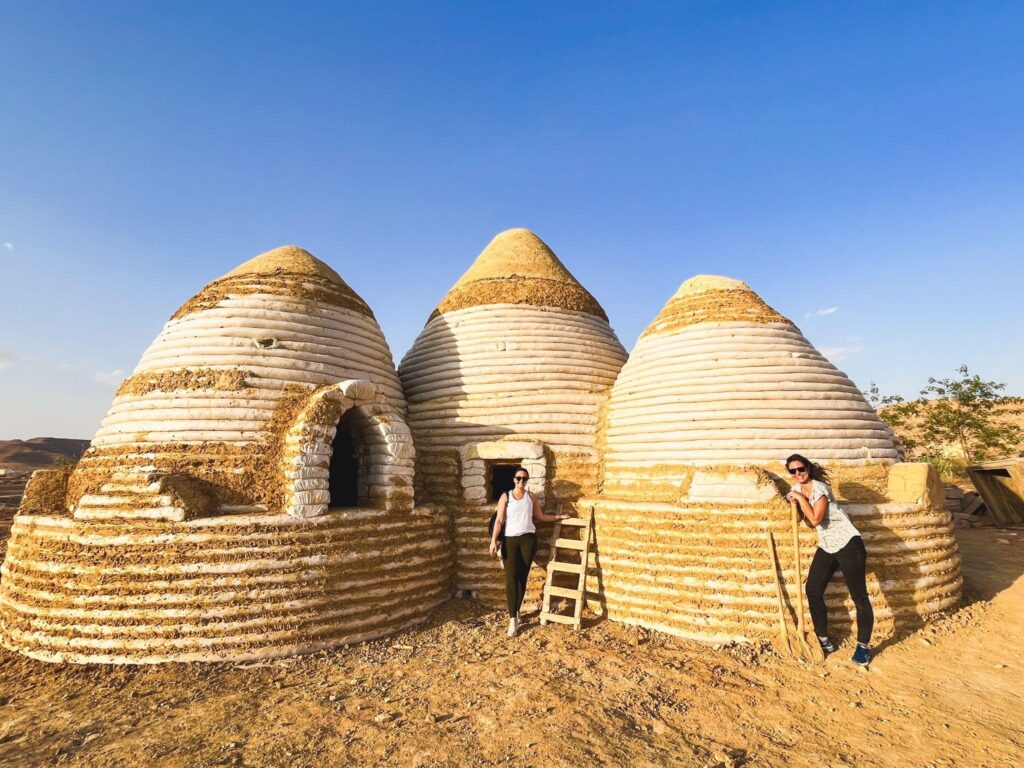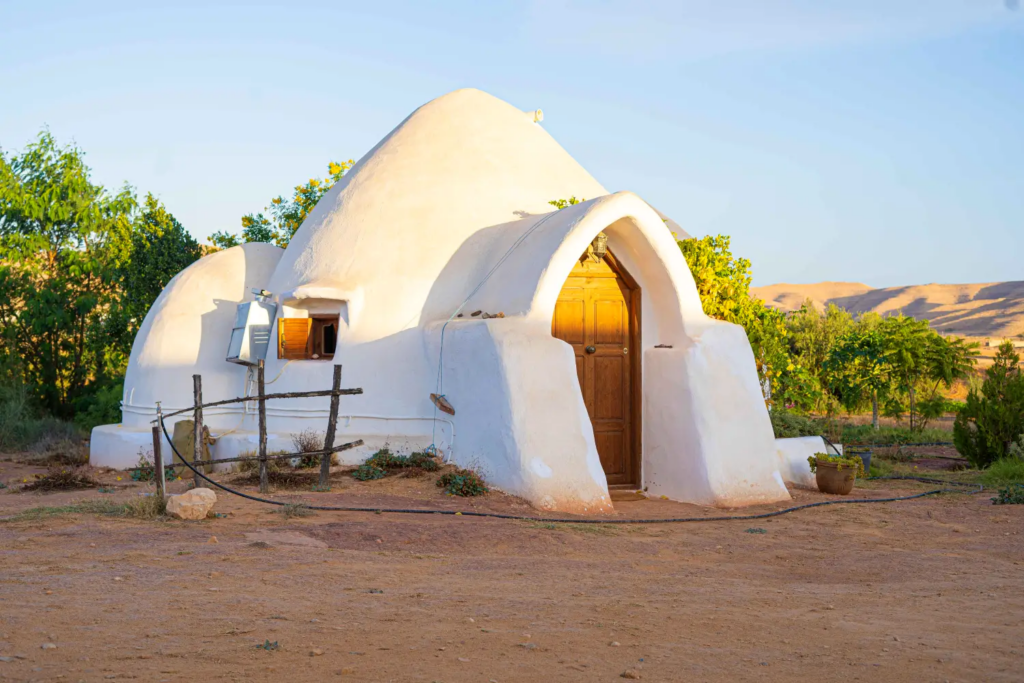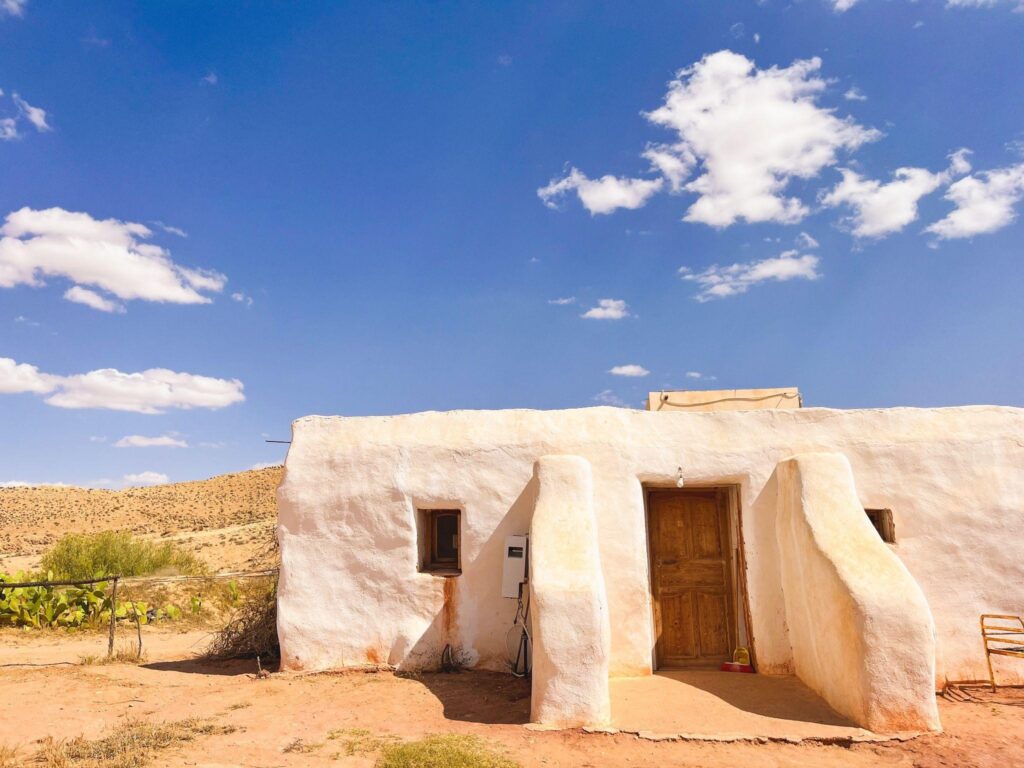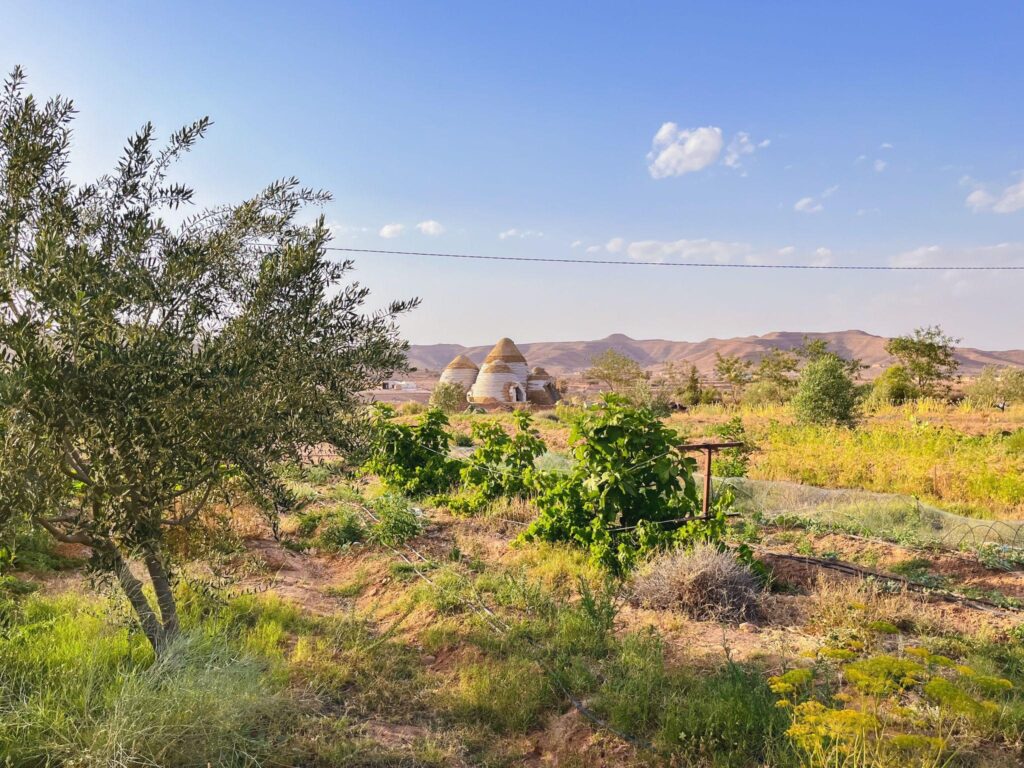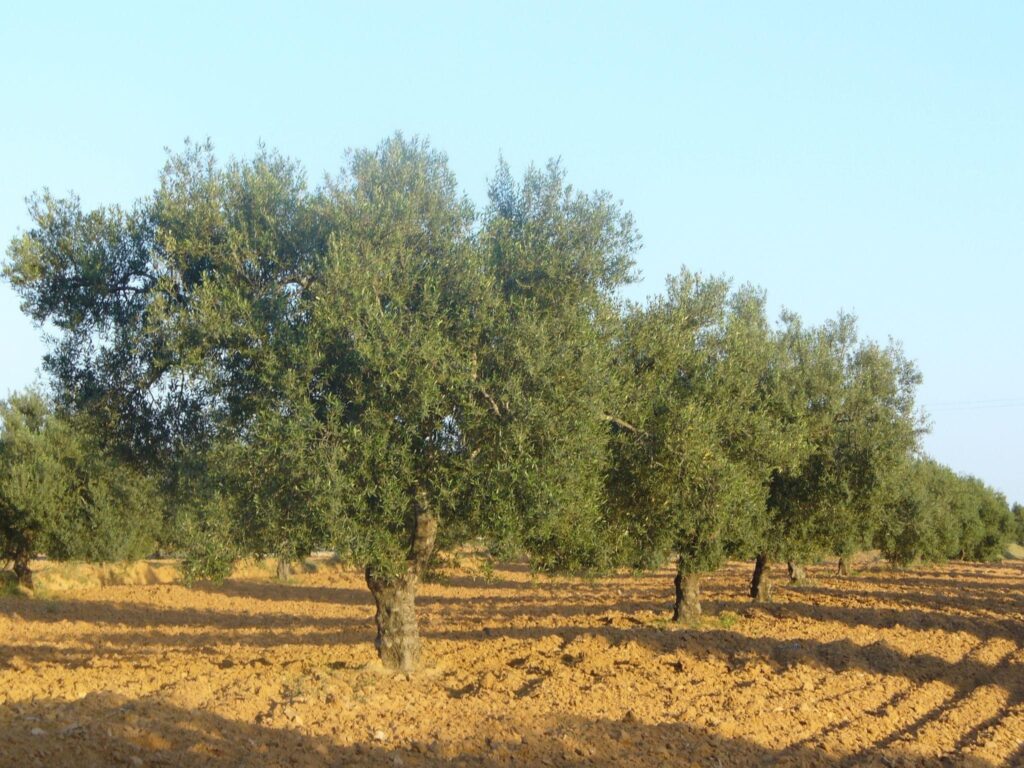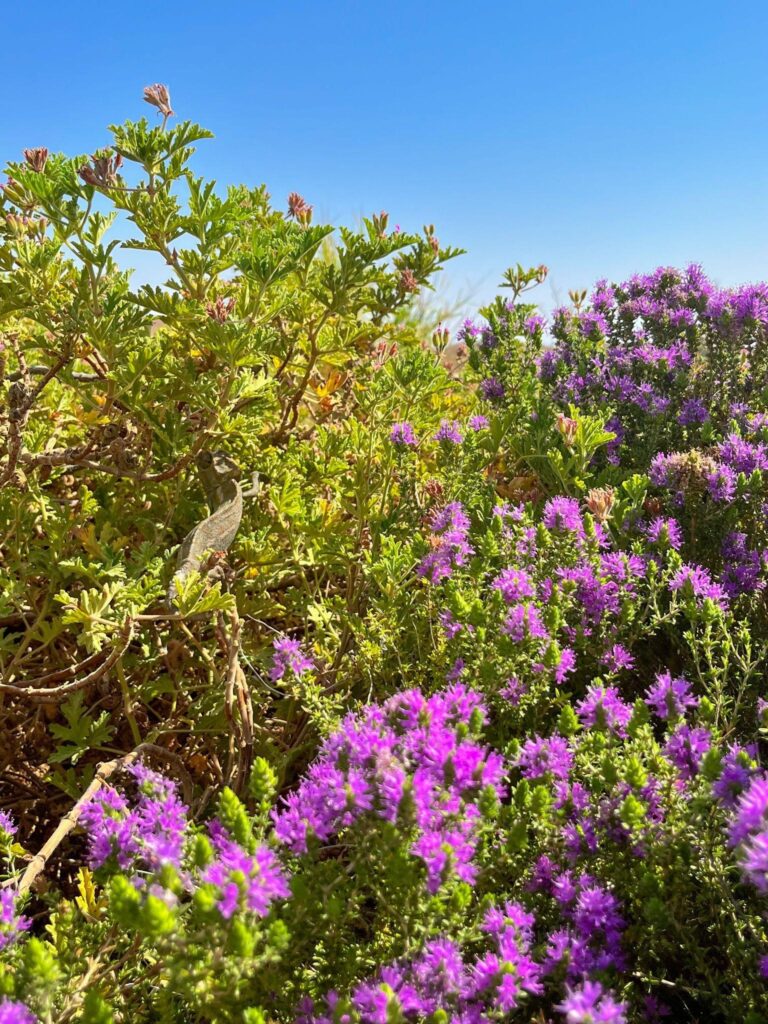We all know the age-old story of mass tourism. You know, the one where hordes of camera-clad tourists descend upon breathtaking destinations, casting a shadow over the authenticity of this once-hidden gem. While Instagram content flourishes, breathtaking locations are reduced to mere backdrops. Even worse, local communities often miss out on the benefits of the quick stop-in of the hordes. In this all-too-familiar tale, the negative impacts of tourism become evident.
However, amidst this sea of tourists, a new tide is rising in the world of travel. In a refreshing trend, many tourists are shifting perspectives and prioritizing more sustainable and regenerative experiences. Travelers now yearn to learn about the diverse cultures they encounter and forge genuine connections with the places they explore.
While we can’t ignore the potential drawbacks of tourism, we aim to provide readers with hope. This new wave of sustainable tourism has the power to change destinations’ environment, economy, infrastructure, and cultural heritage.
To shed more light on this transformative movement, we will quote insights from Solimar International’s Senior Project Manager, Micah Sorum. Sorum has been at the forefront of pioneering sustainable tourism initiatives.
So, buckle up as we explore the multidimensional impacts of sustainable tourism beyond the surface-level figures. Stick around and learn how mindful travel can transform not only destinations but also our own perspectives and lives.
The Impacts of Sustainable Tourism
Prioritizing Environmental Sustainability in the Tourism Industry: Strategies for a Greener Future
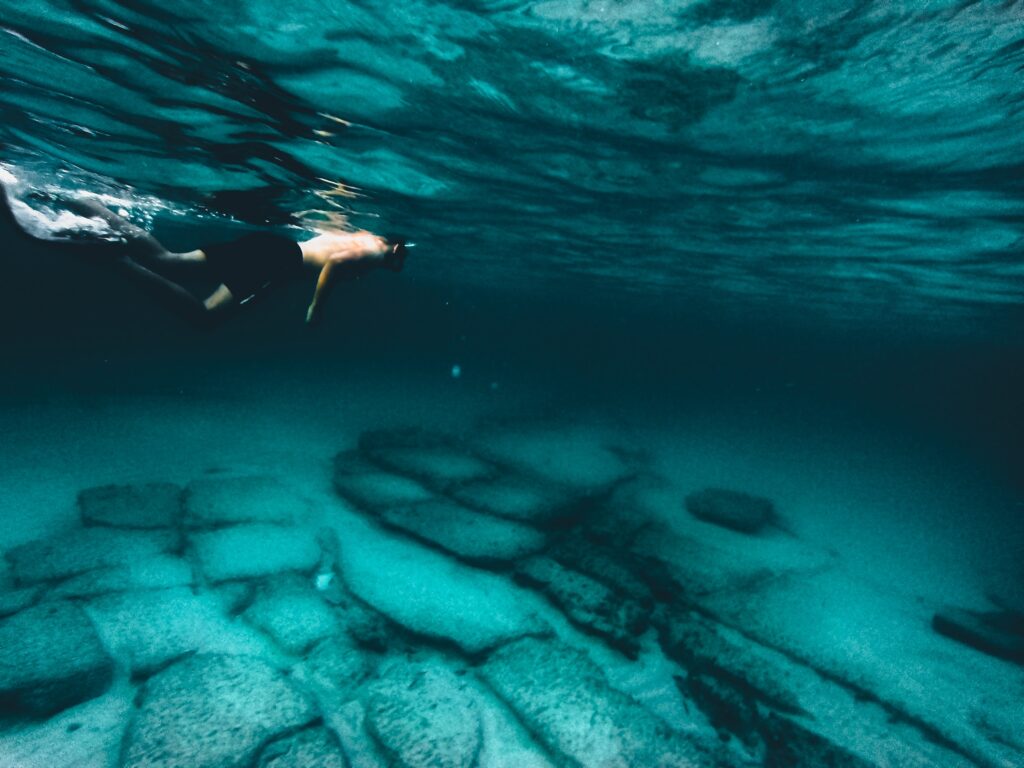
In a world grappling with global warming, it is imperative to prioritize environmental health. Incorporating environmental sustainability will be crucial for the future of tourism businesses: one of the top five most valuable exports in over 150 countries. This entails utilizing resources to meet the needs of the present generation while conserving the world for future generations. Let’s delve into the key impacts that responsible practices can have on the environment:
- Conservation and preservation of natural resources: Tourism can help protect valuable ecosystems and biodiversity by actively conserving and preserving natural resources.
- Responsible tourism practices, respecting wildlife and ecosystems: Encouraging responsible behavior among tourists, such as observing wildlife from a safe distance and following guidelines to minimize disturbance, helps protect and respect the natural environment.
- Collaboration and stakeholder engagement, supporting local communities: By collaborating with local communities, tourism can support their economic development while ensuring that the benefits of tourism reach the local population. This fosters a sense of ownership and encourages the preservation of cultural heritage.
- Education: Tourism provides a unique opportunity to educate travelers about environmental wellness. By raising awareness and promoting sustainable practices, tourists can become advocates for environmental conservation in their communities.
When successfully implemented, these aspects of sustainable tourism positively impact the environment. For instance, tourism can help support and preserve iconic nature, generating revenue that incentivizes its conservation. Micah emphasizes that “if the environment is an attraction, then it encourages the preservation of it. It can change the community’s perspective and how they see their own resources. If tourism is set up to benefit community members, then it’s an asset to them” (Sorum, 2023).
It is essential to recognize that mass tourism has the potential to be damaging to the environment. Visitors use strains of natural resources when it exceeds the environment’s coping ability. This is where ecotourism becomes essential for ensuring the sustainability of the industry. By balancing business interests and environmental concerns, ecotourism minimizes the negative impacts of visitor use on natural resources. The tourism industry holds a unique position to educate people worldwide about environmental protection. Through responsible practices, tourism can extend its reach and inspire individuals to take action to safeguard the environment.
When considering climate change, creative endeavors to mitigate tourism’s contribution will be essential to move forward in the industry. Sustainable transportation and energy-efficient accommodations are a couple of emerging practices that will be crucial to the future of this industry. An example of sustainable tourism’s impact is in the Caribbean nations, where the renewable energy infrastructure is underdeveloped and threatened by extreme weather events related to climate change. Solimar International worked alongside the Inter-American Development Bank to design the “Caribbean Climate Smart Islands Program,” encouraging a transition to lower carbon emissions and create a climate-resilient community.
The tourism industry has a lot of influence and opportunities to positively impact the environment. Environmental sustainability and tourism go hand in hand; one will only succeed with the support of the other. Read more here about how Solimar’s mission is to do just that.
Empowering Communities: The Transformative Power of Sustainable Tourism
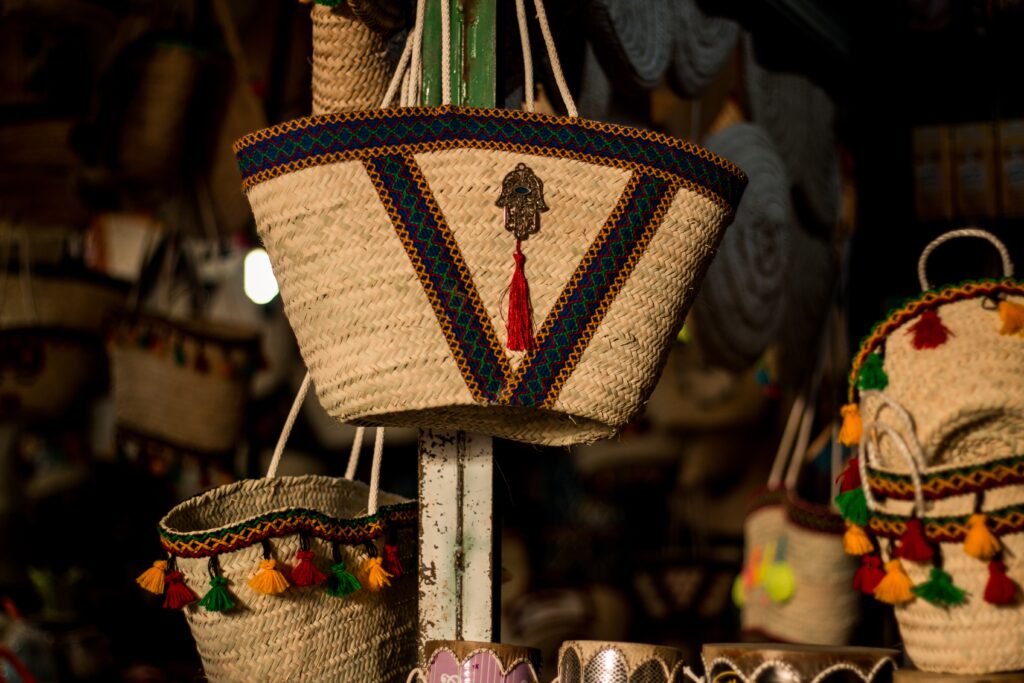
Sustainable tourism goes beyond short-term economic stimulation. It creates a positive ripple effect, transforming the economy and the lives of those directly impacted. By embracing ecotourism practices, we can unlock possibilities for communities worldwide.
At the heart of sustainable tourism impacts lies the power to offer employment opportunities. Micah notes the most impactful aspect of tourism is its ability to create jobs, “not just any job, but jobs that give people autonomy and control over the business and their lives” (2023). It’s not just about numbers; it’s about empowering individuals and families who may otherwise struggle to make ends meet. From tour operators to local suppliers, sustainable tourism creates a web of jobs that uplift communities from poverty.
Take this remarkable example in Jamaica, where Solimar developed a groundbreaking communication tool for businesses to connect with markets, funders, and stakeholders. By establishing a brand platform, creating an online training platform, and crafting business plans, Solimar raised awareness of community tourism and ensured its long-term sustainability. Through education and empowerment, the economic benefits flourished while the vibrant local culture took center stage. Solimar helped to establish and launch the Jamaica Community Experiences Brand in a way that ensures its longevity. Teaching the local community how to market themselves improves the economic benefits and culture.
Sustainable tourism’s impact goes beyond economic empowerment. It also plays a crucial role in conservation funding. By generating revenue through responsible tourism practices, we can channel resources toward preserving the environments that attract visitors. This delicate balance between people and nature is vital for the future. Read more here about how Solimar’s work in the Cayman Islands creates a plan that bridges the gap between challenges.
The success of ecotourism in benefiting the economy depends on sustainable and responsible practices – cultural heritage and environmental health must be constantly ranked equal to economic means. Micah says this has everything to do with organization, stating that “so much of [balancing the economic benefits of tourism with the preservation of a destination’s natural and cultural heritage] is in the way that a destination has set itself up to be managed. Through DMO development, we ensure that someone is there to take over, representing local guides and gathering stakeholders for support on larger projects. We have to have an organizing unit to make it happen” (2023).
By maintaining a balance between economic development and environmental conservation, ecotourism can contribute to the overall sustainability of a destination.
Building Communities: Tourism as a Tool for Infrastructure Development
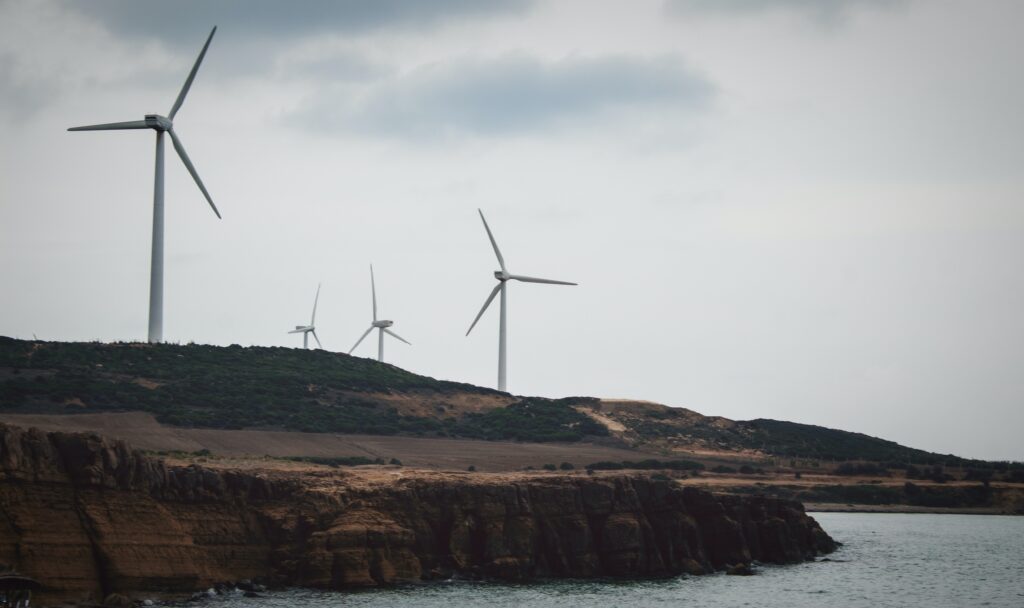
When tourists visit a destination, they bring more than just their backpacks and cameras. The influx of visitors can put considerable strain on a location’s infrastructure. However, this influx of visitors can also motivate investment in a destination’s infrastructure. From a policy perspective, Micah Sorum of Solimar International says we can “look at the infrastructure to ensure tourism can grow in a sustainable way” (2023). Here are a few aspects of infrastructure that tourism can impact:
- Roads: As tourist numbers rise, transportation demand increases. Local roads now serve both tourists and residents, leading to wear and tear, higher maintenance costs, and budget strains. However, this also presents an opportunity for job creation and improved infrastructure if development is responsible, benefiting tourists and the local community. In Tunisia, an emerging destination, tourists and locals alike can benefit from the Cap Bon touristic road that connects several popular destinations along a scenic route.
- Accommodation: The tourism boom demands new hotels and resorts but often neglects small businesses. However, staying in locally owned guest houses can support the community. Tunisia has seen a rise in guesthouses as local entrepreneurs transform unused spaces into beautiful, bookable rooms. In contrast to giant seaside resorts, these guesthouses offer locally sourced dishes and connect guests to other local experiences, ensuring that tourists’ money reaches more of the community. For example, look at Dar Ben Gacem, whose owner, Leila Ben Gacem, helps preserve cultural heritage and revitalize Tunis’s medina (traditional city) in addition to hosting guests.
- Utilities & Services: As tourism grows in an area, the demand for utilities such as water, electricity, and waste management also increases. Local authorities may invest in improving and expanding these services to cater to the needs of tourists and residents alike. A tourist in Tunisia would surely recognize the need for this improvement. With record-breaking heat surges, Tunisia saw its hottest summer yet. Efforts to beat the heat resulted in frequent power outages across the country from energy overconsumption.
- Communication: Tourism can drive the need for better communication infrastructure, including internet and mobile networks, ensuring that tourists stay connected during their travels and benefiting residents.
- Urban Renewal: To attract tourists, destinations may invest in urban renewal projects and beautification initiatives, making their appearance more appealing to visitors and residents alike. While these initiatives walk the delicate line between restoration and gentrification, careful and considerate planning from local leaders can ensure that communities maintain authenticity amidst renewal projects.
Preserving Communities: How Tourism Can Protect Cultural Heritage

According to Solimar International’s Micah Sorum, tourism can be “a way to preserve cultural heritage” (2023). Citing immersive experiences like artisan workshops and dance classes, Sorum argues that “tourism that’s well designed and well implemented” can be a valuable tool for cultural preservation (2023). Tourism allows visitors to celebrate and learn about local traditions while supporting the livelihoods of artisans and performers. By visiting an emerging destination like Tunisia, travelers can engage in these preservation experiences. The options are limitless from traditional date product workshops in Kebili to tasting couscous in Tozeur.
Additionally, Sorum explained how tourism “can fund the preservation of ruins and historical sites” (2023). Tourists’ entrance fees and contributions in a well-managed destination fund site maintenance and conservation efforts. In Tunisia, the UNESCO world heritage town of Kairouan is a testament to how tourism sustains cultural heritage. When guests explore massive historical mosques and the many other notable sites, they help contribute to their preservation, while local guides simultaneously ensure the stories of the ancient, holy city endure.

Cultural exchange opportunities foster mutual understanding between tourists and locals. As travelers immerse themselves in destinations’ customs and traditions, they gain an appreciation for their cultural heritage. Conversely, local communities benefit by fostering pride in their heritage. Finally, in the modern economy, mass production dominates the market. However, the economic benefits of cultural tourism help artisans continue their traditional practices without losing profits.
While sustainable tourism’s positive impacts on cultural preservation are evident, responsible practices must address challenges like over-commercialization. By embracing sustainable tourism, tourists can help safeguard the authenticity of cultural heritage in destinations like Tunisia. Mindful travel empowers communities, celebrates tradition, and ensures that these valuable treasures endure for generations to come.
Embracing the New Wave of Impactful, Sustainable Tourism
So, are you ready to be part of the new wave of tourism? Every member of the tourism industry, from travelers to tour operators, has a part to play in sustainable tourism impacts. It’s our shared responsibility to ensure these beautiful destinations remain beautiful for generations to come.
Liked learning about sustainable travel and want to hear more? Take one of our courses or read more on our website today. Visit our Institute for Sustainable Destinations website here.
Blog by Isabella Hunt and Kat Selfe
